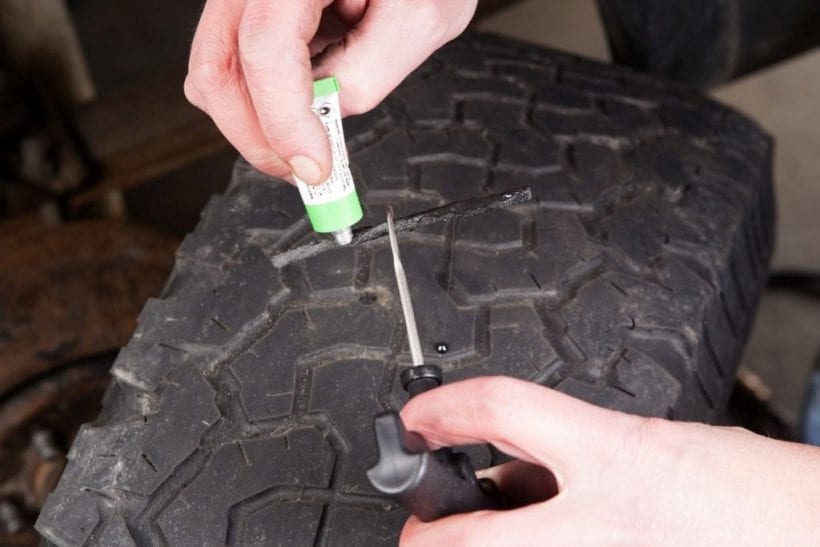No one wants to experience a tire blowout. These part failures are not just scary. They are also deadly for many drivers each year. Tire failure occurs because of impact damage, small puncture or a large cut. But you can prevent a blowout because of tire damage and repair your tire to keep you safely on the road. Below we explore five steps for patching a tire.
What is a tire patch?

A tire patch is a legal method for repairing a flat tire. Only a professional tire shop such as goodtirecalgary.ca should perform this service. As an option, a vehicle owner can do their own service using a tire plug kit. When done properly, a home tire plug can be a safe option for a short period of time until a licensed mechanic’s inspection. For this reason, DIY tire plugs are only for the short term until you can reach an experienced tire repair expert.
Materials Required to Apply a Tire Patch
As said before, tire patching requires specific knowledge and the proper equipment in a tire-vulcanizing shop. Below are the materials needed by your tire repair professional.
Materials required for patching tires include:
- Tire patch
- Vulcanizing liquid
- Tire mounting machine
- Tire buffer
- Long-nosed pliers
- Tire patch rolling tool
5 Steps to Patch a Tire
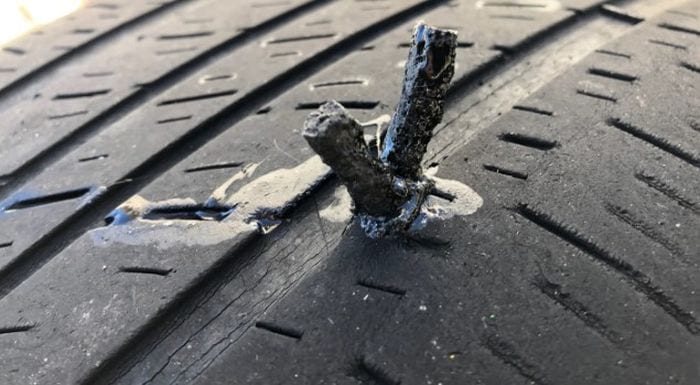
The five steps for patching a tire include:
1. Remove the tire and mark the hole
In the tire shop, the mechanic must first put your vehicle on the hydraulic lift and remove the wheel from its hub. They inflate the tire and locate the hole to mark it with chalk. They usually encircle the damage or mark it with an “X.” Typically, the hole is found through a hissing noise or using soapy water to create bubbles at the hole. They then remove the tire valve core to let all air out of the tire, then dismounting the tire from the rim.
2. Inspect the Tire
Once the tire is off the rim, your tire expert checks inside for signs of damage. They also remove any foreign objects that penetrated the rubber, such as a screw, glass or nail. Typically, they use long-nosed pliers to do this very slowly and carefully.
3. Buff the Hole
The next step involves cleaning the damaged area using a tire cleaner. After letting this dry, they use the tire buffer to lightly smooth around the hole.
4. Apply Vulcanizing Liquid
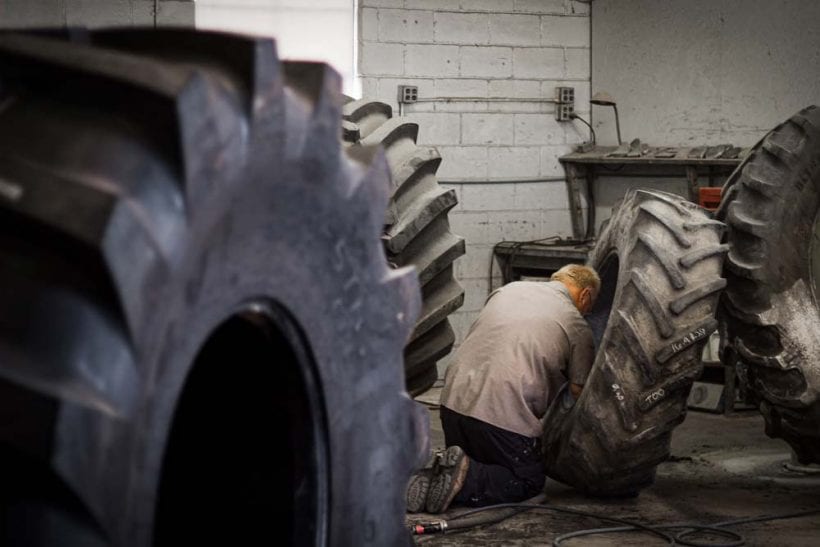
After buffing the damaged area, apply tire vulcanizing liquid in a circumference of about one-half inch around the hole. They allow this liquid to dry for about 15 seconds.
5. Apply the Tire Patch
Once the tire vulcanizing liquid dries, your tire repair professional cuts a patch to the appropriate size to cover the hole. They apply the sticky patch to the tire on top of the buffed area. They then use a specially designed tire patch rolling tool to seal the patch in place.
The above five steps complete the tire patch. Next, your mechanic simply lets the patch dry for several minutes, then re-mounting the tire on its rim, filling it with air and restoring it to your vehicle. Of course, they fill the tire to its manufacturer-recommended air pressure, typically between 30 to 35 PSI. Your tire professional also checks your tire for air leaks or other signs of problems before putting it back on your car, truck or SUV.
Some tire damage cannot be repaired using a tire patch. For these tires, replacement is the only option. By working with a tire repair expert you trust, you can feel confident about your repaired tire’s safety or your need for a new one.
How to DIY Fix a Punctured Tire in 5 Steps

Although you cannot apply a long-term tire patch without the proper skills and equipment, you can temporarily plug a puncture to get you safely back on the road. This type of plug will enable you to avoid being stranded and get on with your daily routine. Still, you should never drive on a plugged tire without taking it to a mechanic for inspection, as soon as possible. You should also only plug a tire that has damage on the tread, never on the shoulder or sidewall.
Five steps for plugging a punctured tire using a home DIY tire plug kit include:
1. Find the Leak
Examine your tire and find the cause of your flat. Often, this is a nail lodged in the tire or a small hole. If you cannot find the hole, inflate the tire and listen for the sound of air seeping out, like a hissing. You can also apply soapy water using a sponge and look for bubbles forming on the surface of the leak.
2. Loosen Lug Nuts and Jack Up the Vehicle
Next, loosen the lug nuts using a lug wrench or impact wrench before jacking up the car. This is very important in order to prevent injury caused by doing this in the reverse order. Also, ensure your car is on a hard surface and use jack stands to keep it stable.
3. Remove the Lug Nuts and Clean the Damaged Area
After the vehicle is stable on the jack, completely remove the lug nuts. Pull the wheel off its wheelbase and clean the damaged area. Do this through the insertion of the supplied rasp tool into the hole and out of it several times.
4. Plug the Tire
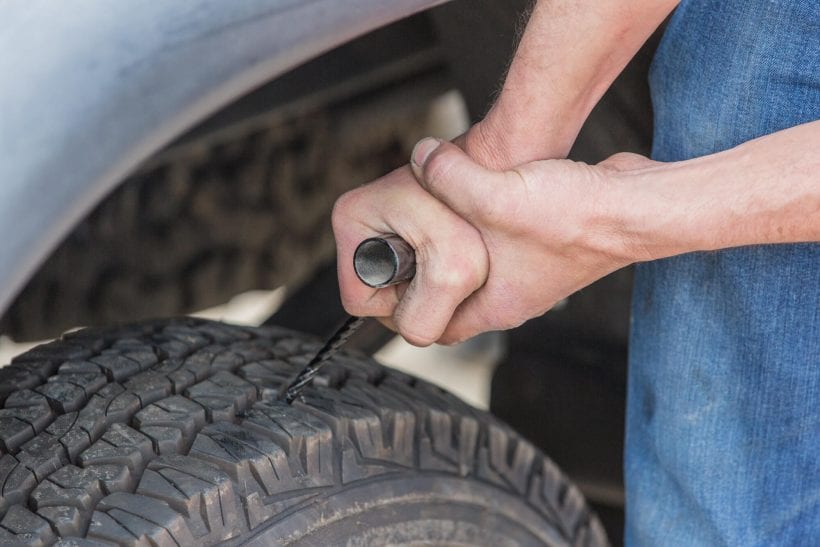
Thread the tire plug at the mid-point of the insertion tool. Push this plug into the hole, first coating the plug with glue or rubber cement if needed. Allow the plug to remain still in the hole for at least one minute. This enables the adhesive to set. Cutaway the protruding part of the plug to make it level with the tire’s surface.
5. Inflate Your Tire
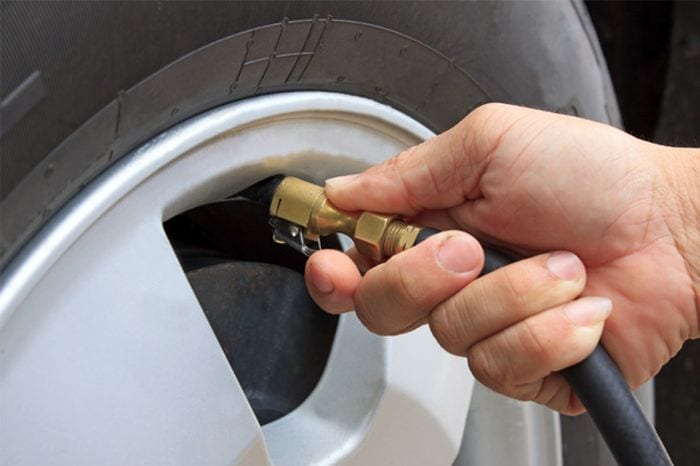
After letting the tire plug sit for at least a minute and cutting it down, fill the tire with air. Check the air pressure to ensure proper inflation. Then put your wheel back onto your vehicle. Remove the jack and reattach the lug nuts, using appropriate torque.
Ensure your drive your vehicle to your local tire shop as soon as possible to ensure the plug is safe and will hold in place. You may need a patch placed on the tire by professionals to ensure driving safety. You may also need to replace the tire to prevent a dangerous blowout.

